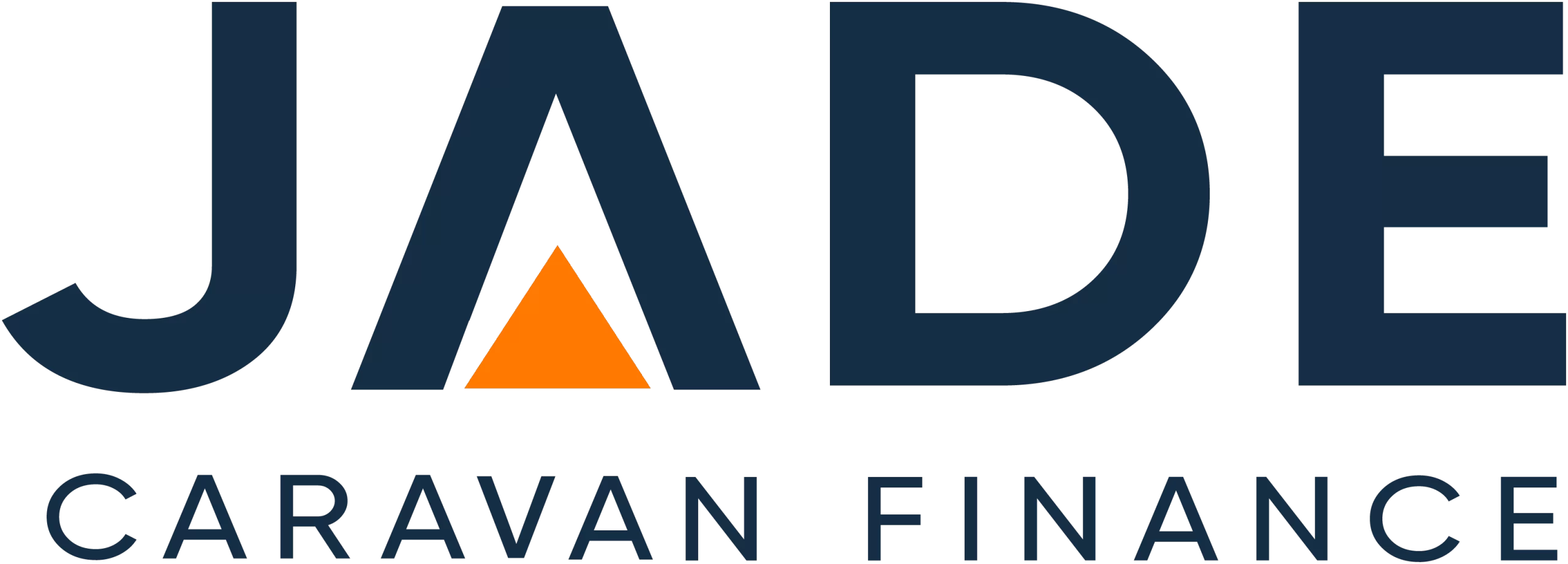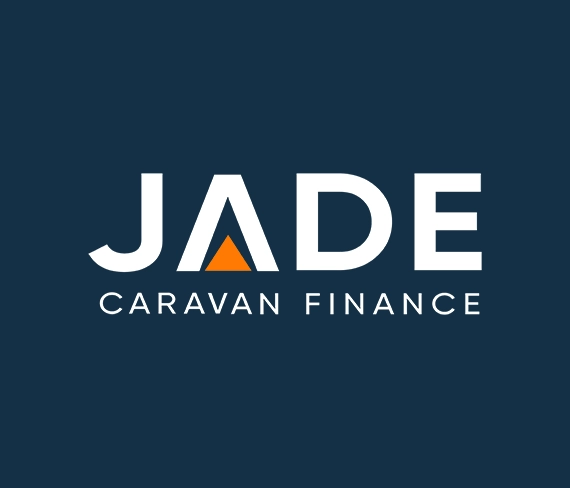The Australian Bureau of Statistics (ABS) released the latest monthly and quarterly inflation data on April 26. The news is essentially optimistic, with the annual rate dropping from 7.8% to 7%.
Though prices in some service categories continue to show, inflationary pressures remain. The big question is whether this good news will continue when the Reserve Bank (RBA) Board meets on May 2 to decide on the subsequent interest rates.
The connection between interest rates and the rate inflation is widely known. Soaring inflation is at the core of rising rates. The RBA intends to return the rate to its target of 2-3%. At the same time, 7% is still a long way from that target.
The decision for the Board will be whether to continue with further rate rises as previously indicated would be required or to pause rates as it did in April on the back of signs inflation is easing.
That April pause was made to allow more information, including the March Quarterly CPI data, to be obtained. While the overall result, the fall in the annual rate, is positive, the devil for the RBA could be in the detail. The detail of where price increases are still strong and if it considers the previous rate rises have the desired effect.
If there is a decision to increase the cash rate, this may flow through to caravan finance interest rates. A factor that may affect purchase plans for some buyers. What may also be relevant to those purchase plans is the ABS detail on which categories are easing and which are not. This may provide indications of possible easing in the costs of living and increase affordability for purchasing a new caravan.
We’ve summarized several of the main points in the ABS March CPI reports to assist buyers in better understanding the current environment and help with purchasing decisions.
March Inflation Data – ABS
The monthly CPI figures for March and the data set for the entire quarter were released on April 26. Monthly reports can be skewed by factors unique to that month, such as severe weather events and seasonal holidays. So, the reporting tends to focus on the quarterly results.
For the quarter ending March 31, there was a rise of 1.4% in inflation. But the annual rate still declined 7%, as mentioned above. March represented the third month with consecutive easing in inflation.
According to the Bureau’s head of prices statistics, Michelle Marquardt, there were price increases in most goods and services categories. But as Ms. Marquardt notes, the increases were below those recorded in recent quarters.
The main points include the following: -
- The annual inflation rate is 7%, and the quarterly increase is 1.4%.
- The categories that recorded the most significant increases were medical and hospital, tertiary education, gas and household fuel, and domestic holiday travel.
- Goods inflation eased, but services inflation recorded high rates.
- Price rises for new dwellings eased, and Ms. Marquardt said this was due to an easing in materials and supplies pricing and decreased demand.
- Rents saw the largest rise since 2010.
Ms. Marquardt said the start of-year reset of the Medicare Safety Net and the resulting assessment of fees by medical providers and premium increases by health funds accounted for the sharp rise in the medical sector. The start-of-year fee indexing explained the increases in tertiary education.
Food remains a pivotal contributor to inflation. As Ms. Marquardt explained, the wet weather in the latter part of last year resulted in a shortage of potatoes. This led to price increases for snacks made from potatoes. The weather event also impacted fruit prices, which severely affected vital growing regions.
While still high, food price increases have dropped on December quarterly data. Households continue to be pressured by high electricity and gas prices. Due to the easing of global crude prices, fuel prices decreased for the period.
The primary trend to note is the difference between goods and services inflation. Services inflation increased to 6.1% in the latest quarter. Above the 5.5% recorded for the December quarter. Goods inflation continues to ease.
Relevance for Caravan Finance Interest Rates
How the latest inflation figures impact interest rates will be revealed with the RBA May 2nd decision. Judging by market forecasts and comments from the big banks and leading economists, the decision could be difficult.
Reports have the market virtually evenly divided between a pause and a 0.25% rise for May. The fall in the annual rate could influence the decision to pause, while the continuing situation in services inflation may indicate further rises are required.
For RV buyers requiring finance, the CPI data may highlight the need to engage with specialists at Jade Caravan Finance for cheaper caravan finance interest rates. We specialize in RV finance and achieving Caravan Loan cheaper rates across our Caravan interest rates
With inflation still high, buyers can achieve more affordable caravan finance with cheaper interest rates through Jade Caravan Finance.
DISCLAIMER: THE DETAILS AND INFORMATION IN THIS CONTENT ARE PREPARED AND PRESENTED PURELY FOR INFORMATION AND ARE NOT INTENDED IN ANY WAY AS THE SOLE SOURCE OF FINANCIAL ADVICE FOR CARAVAN PURCHASING. IF ADDITIONAL FINANCIAL ADVICE IS REQUIRED, READERS SHOULD REFER TO A FINANCIAL ADVISOR. NO LIABILITY IS ACCEPTED FOR ANY ERRORS, PRODUCT DESCRIPTION VARIATIONS, OR OTHER MISREPRESENTATIONS OF INFORMATION AS PRESENTED.


 "
alt="">
"
alt="">